Optimal Timing for Drainage System Installations
Understanding the optimal timing for drainage system installations is essential for ensuring proper function and longevity. The best time to undertake these installations depends on weather conditions, soil moisture levels, and project scope. Generally, dry and mild weather periods are ideal, as they facilitate easier excavation and installation without delays caused by rain or frozen ground.
Spring and early fall are preferred for drainage system installations due to moderate weather conditions and manageable soil moisture levels.
Avoid installation during heavy rainfall or freezing temperatures, which can hinder work progress and affect system performance.
Dry soil conditions allow for easier excavation and reduce the risk of soil collapse during installation.
Scheduling during periods of stable weather minimizes disruptions and ensures timely completion.

Spring offers moderate temperatures and manageable soil moisture for effective installation.

Early fall provides dry conditions ideal for drainage system setup before winter.

Winter's frozen ground makes installation difficult and can damage existing systems.

Ways to make Drainage System Installations work in tight or awkward layouts.

Popular materials for Drainage System Installations and why they hold up over time.

Simple add-ons that improve Drainage System Installations without blowing the budget.
Drainage system installations are critical for managing water flow around properties, preventing water damage, and maintaining soil stability. Proper installation involves careful planning, accurate placement of pipes and drains, and consideration of soil and weather conditions. Statistics indicate that installations performed during optimal weather conditions tend to have fewer issues with system clogging or failure, extending the lifespan of the drainage infrastructure.
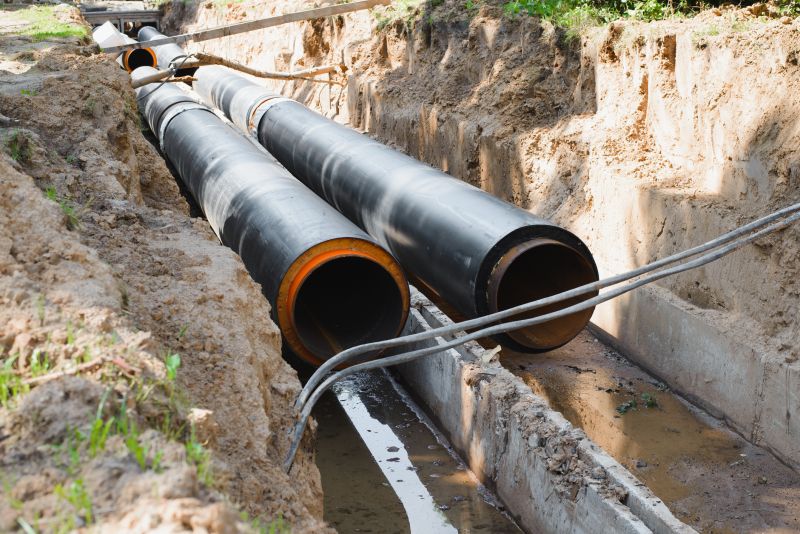
Proper excavation ensures correct pipe slope and effective water flow.
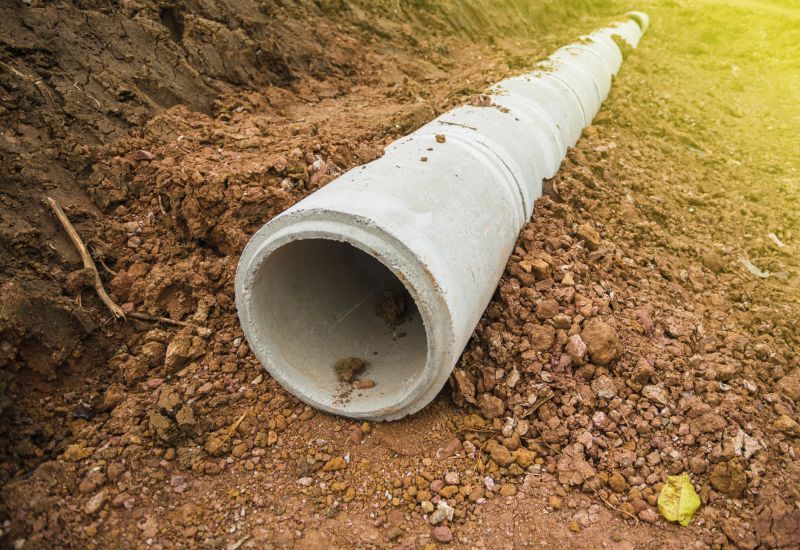
Accurate placement of pipes is essential for optimal drainage performance.
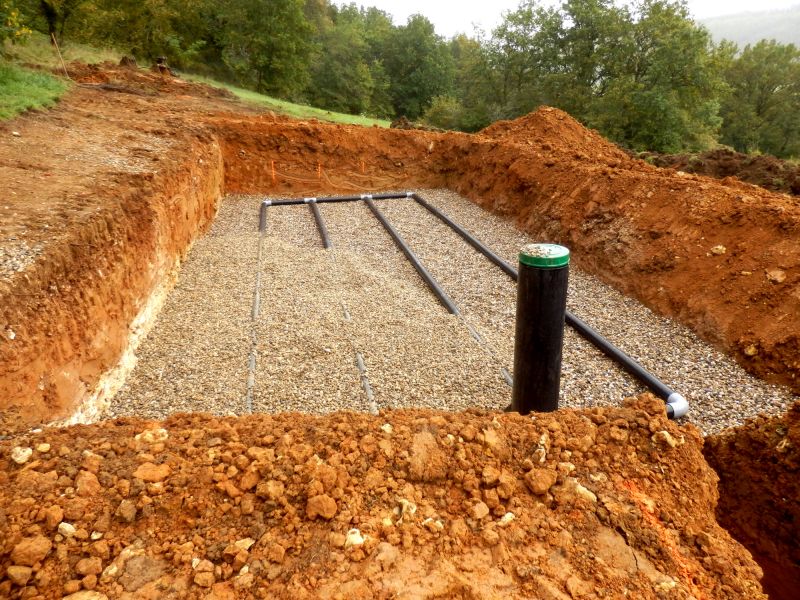
Proper backfilling prevents soil settling and maintains system integrity.

Inspection after installation ensures proper function and adherence to standards.

High-end options that actually feel worth it for Drainage System Installations.

Finishes and colors that play nicely with Drainage System Installations.

Little measurements that prevent headaches on Drainage System Installations day.

A 60-second routine that keeps Drainage System Installations looking new.
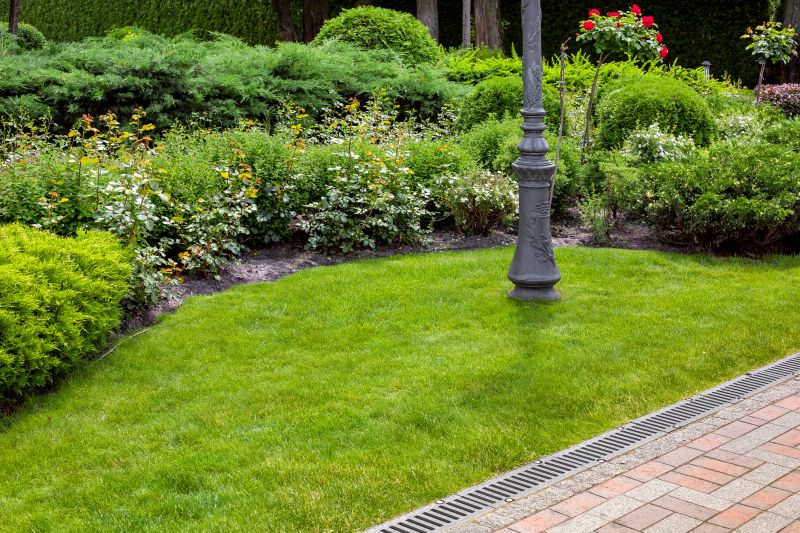
A frequent mistake in Drainage System Installations and how to dodge it.
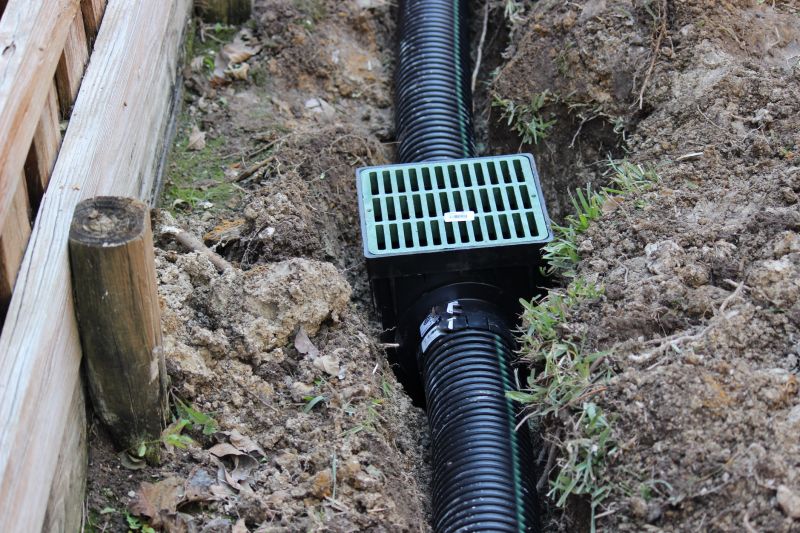
Small tweaks to make Drainage System Installations safer and easier to use.
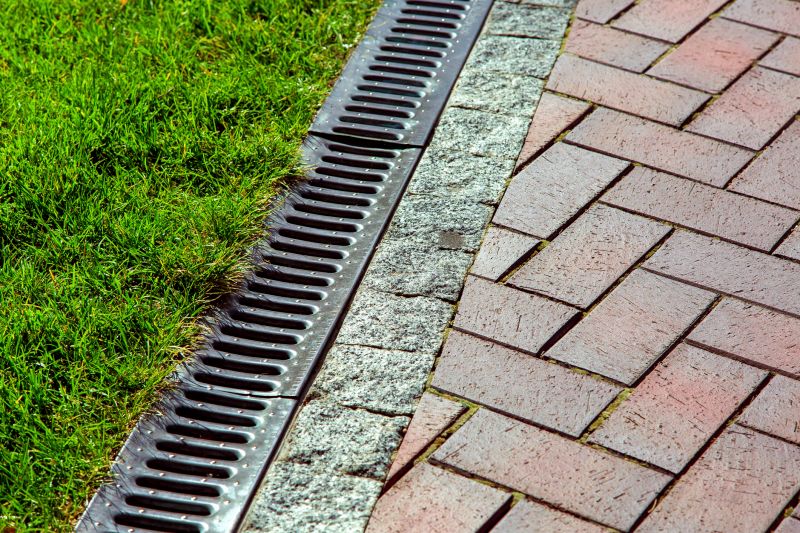
Lower-waste or water-saving choices for Drainage System Installations.

The short, realistic tool list for quality Drainage System Installations.
| Season | Advantages |
|---|---|
| Spring | Moderate weather, soil conditions ideal, less rain |
| Early Fall | Dry conditions, fewer disruptions, prepares for winter |
| Late Fall | Less optimal due to increasing soil moisture and cold temperatures |
| Winter | Not recommended due to frozen ground and weather constraints |
| Summer | Potential for high temperatures and rain delays |
Choosing the right time for drainage system installation can significantly impact the durability and effectiveness of the system. Proper timing reduces the risk of delays, soil disturbance, and water pooling issues. For best results, it is advisable to plan installations during periods of stable weather and manageable soil moisture levels, ensuring a smooth process and long-lasting system performance.
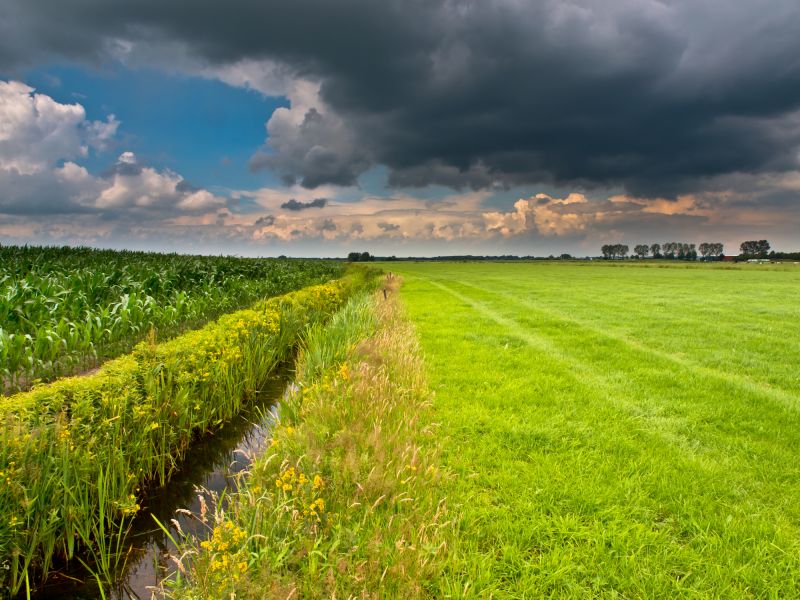
Properly installed drainage systems help prevent water accumulation and soil erosion.
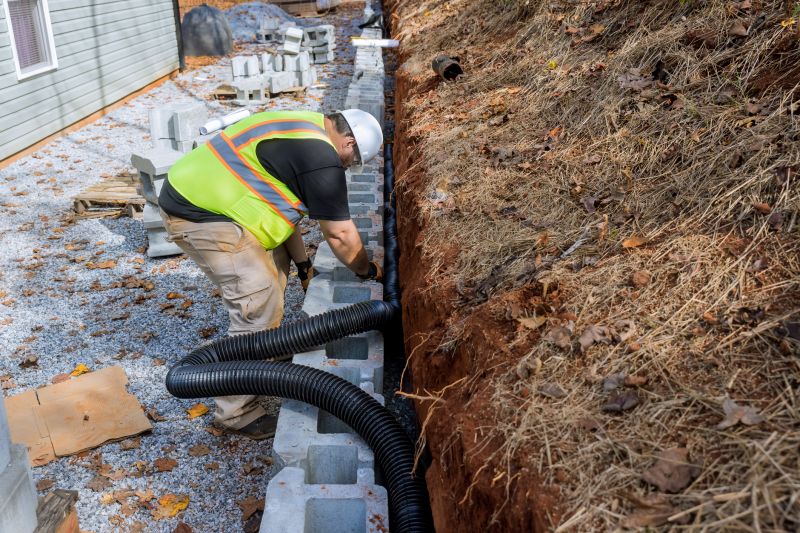
Preparation during optimal weather ensures efficient installation.

Finalized drainage systems provide effective water management.
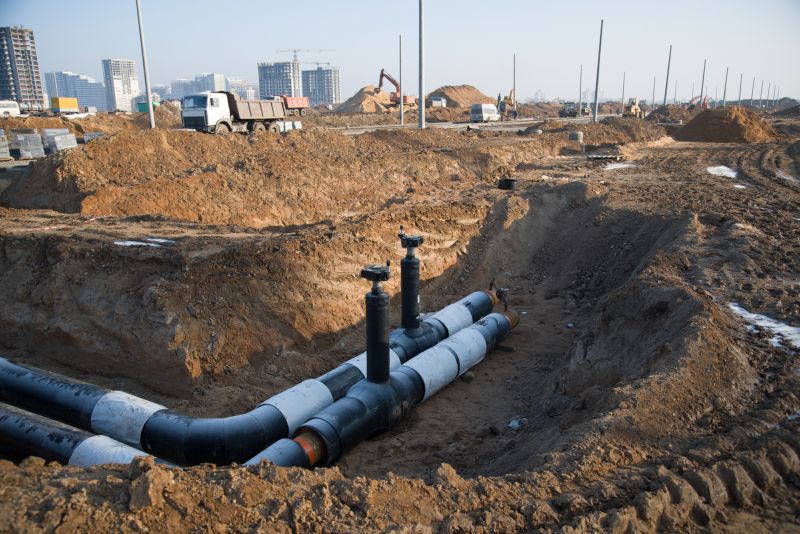
Rough timing from prep to clean-up for Drainage System Installations.
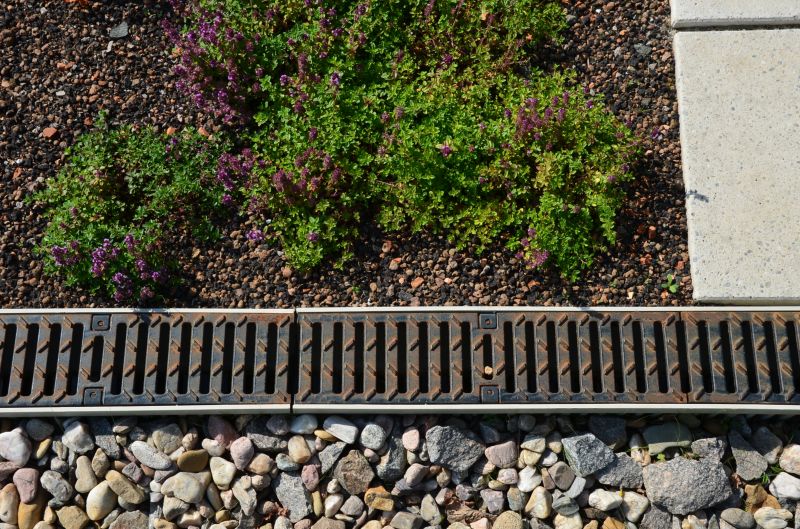
Quick checks and paperwork to keep after Drainage System Installations.
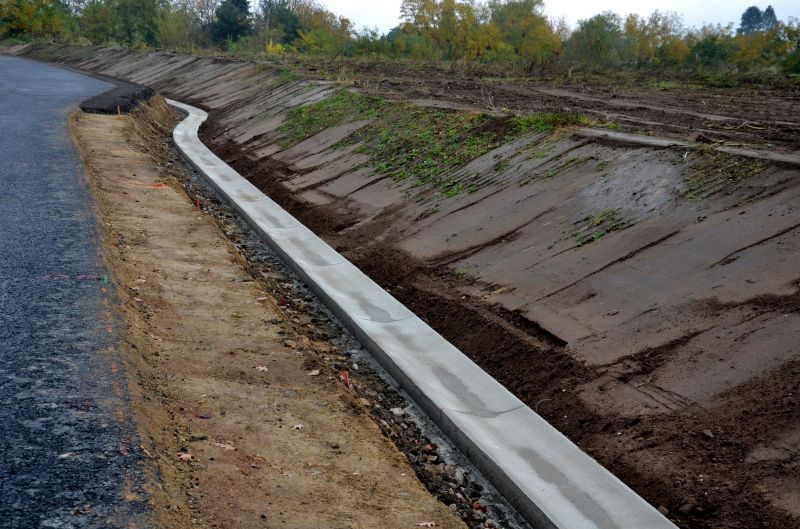
Examples that show the impact a good Drainage System Installations can make.
Interested in scheduling a drainage system installation? Filling out the contact form can help determine the best timing for specific property requirements and ensure a professional, efficient process tailored to local conditions.



